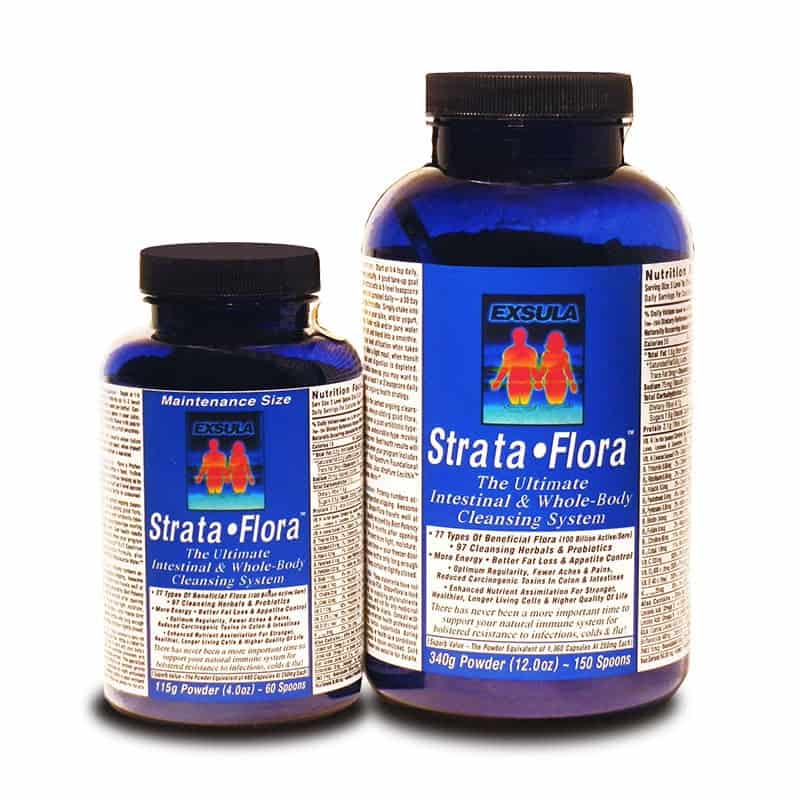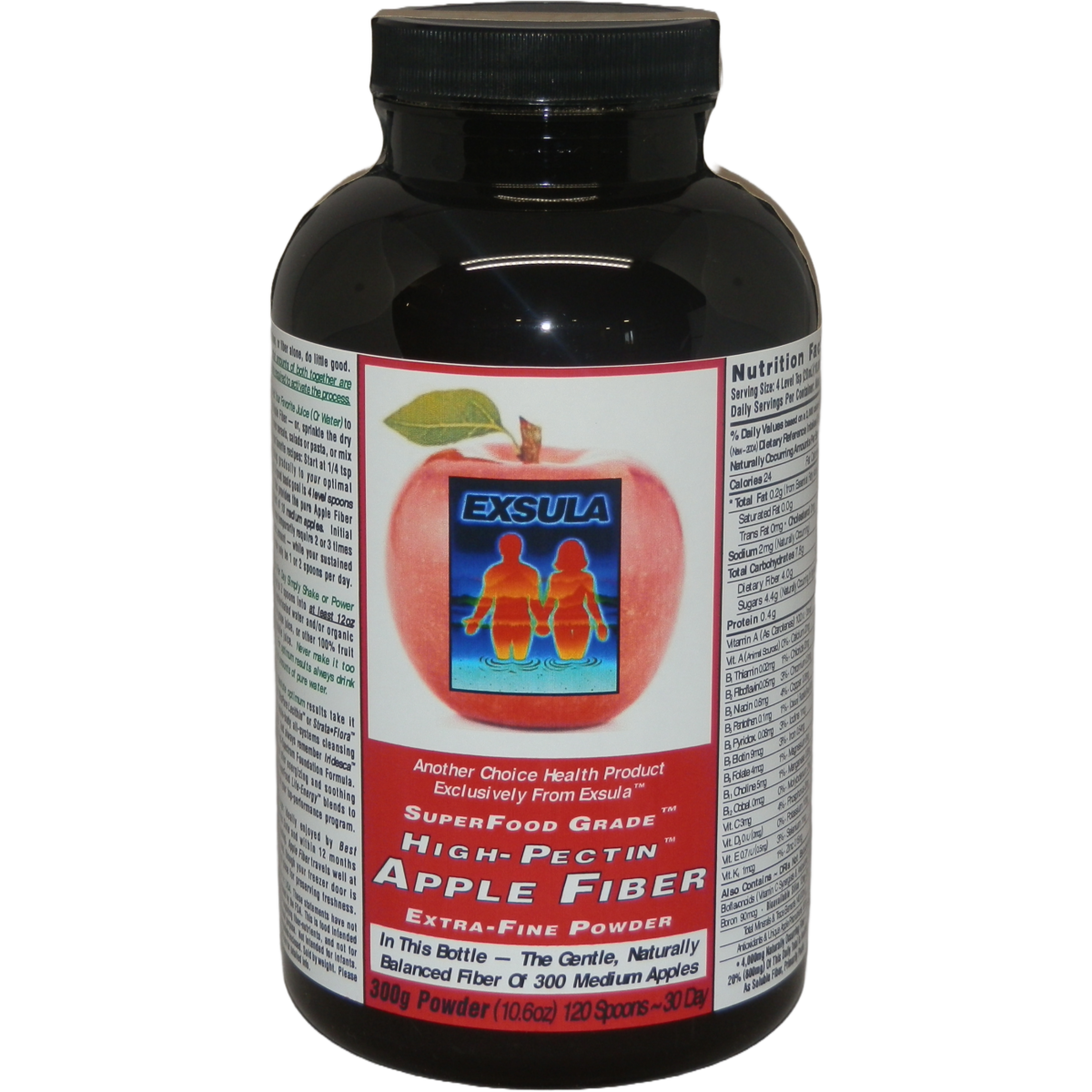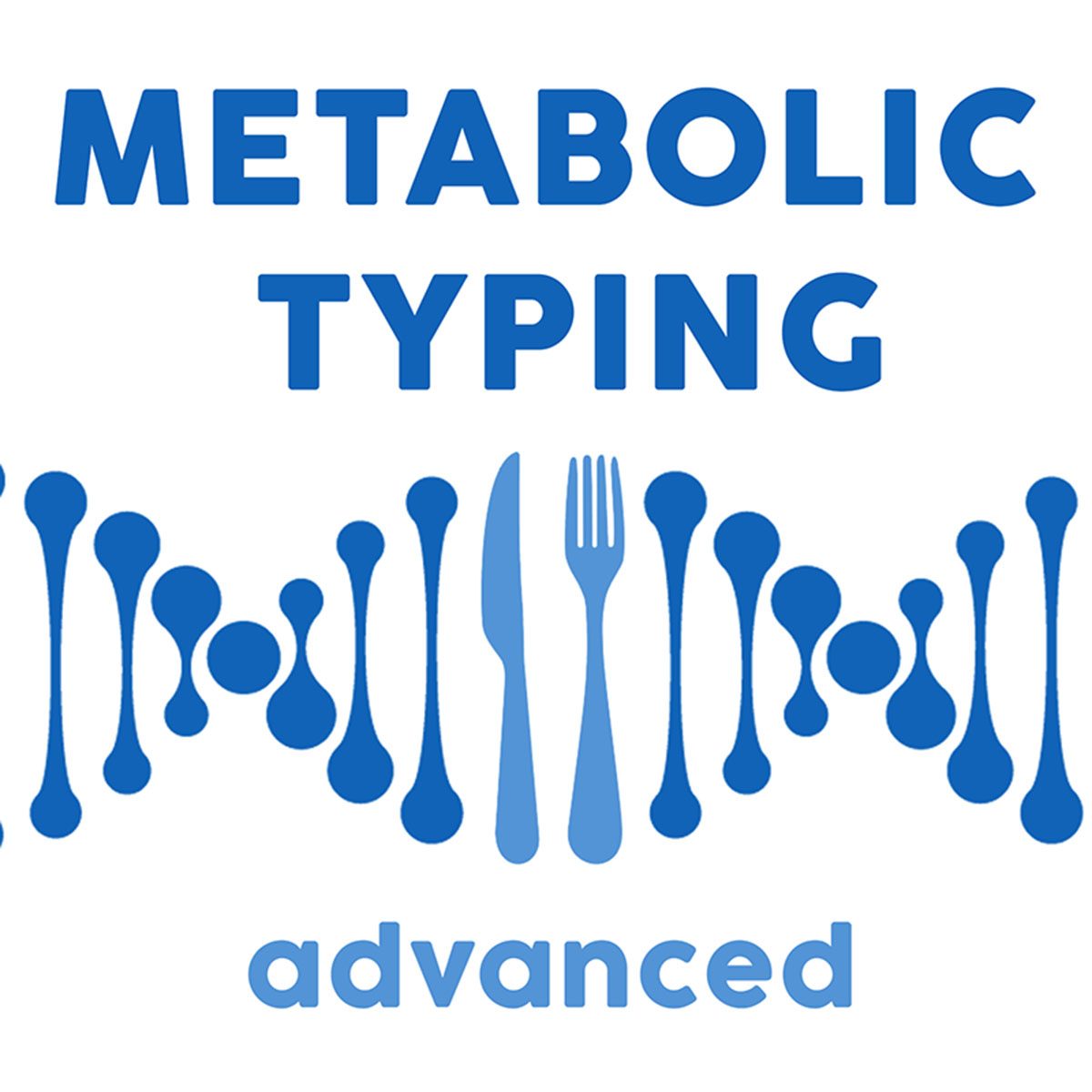No products in the cart.
Gastroesophageal Reflux Disease
GERD or Acid Reflux
This is what the medical establishment says about the situation:
Gastroesophageal reflux disease, commonly referred to as GERD, or acid reflux, is a condition in which the liquid content of the stomach regurgitates (backs up, or refluxes) into the esophagus. The liquid can inflame and damage the lining of the esophagus although this occurs in a minority of patients. The regurgitated liquid usually contains acid and pepsin that are produced by the stomach. (Pepsin is an enzyme that begins the digestion of proteins in the stomach.) The refluxed liquid also may contain bile that has backed-up into the stomach from the duodenum. (The duodenum is the first part of the small intestine that attaches to the stomach.) Acid is believed to be the most injurious component of the refluxed liquid. Pepsin and bile also may injure the esophagus, but their role in the production of esophageal inflammation and damage (esophagitis) is not as clear as the role of acid.
GERD is a chronic condition. Once it begins, it usually is lifelong. If there is injury to the lining of the esophagus (esophagitis), this also is a chronic condition. Moreover, after the esophagus has healed with treatment and treatment is stopped, the injury will return in most patients within a few months. Once treatment for GERD is begun, therefore, it usually will need to be continued indefinitely. Actually, the reflux of the stomach’s liquid contents into the esophagus occurs in most normal individuals. In fact, one study found that reflux occurs as frequently in normal individuals as in patients with GERD. In patients with GERD, however, the refluxed liquid contains acid more often, and the acid remains in the esophagus longer. As is often the case, the body has ways (mechanisms) to protect itself from the harmful effects of reflux and acid. For example, most reflux occurs during the day when individuals are upright. In the upright position, the refluxed liquid is more likely to flow back down into the stomach due to the effect of gravity.
In addition, while individuals are awake, they repeatedly swallow, whether or not there is reflux. Each swallow carries any refluxed liquid back into the stomach. Finally, the salivary glands in the mouth produce saliva, which contains bicarbonate. With each swallow, bicarbonate-containing saliva travels down the esophagus. The bicarbonate neutralizes the small amount of acid that remains in the esophagus after gravity and swallowing have removed most of the liquid. Gravity, swallowing, and saliva are important protective mechanisms for the esophagus, but they are effective only when individuals are in the upright position. At night while sleeping, gravity is not in effect, swallowing stops, and the secretion of saliva is reduced.
Therefore, reflux that occurs at night is more likely to result in acid remaining in the esophagus longer and causing greater damage to the esophagus. Certain conditions make a person susceptible to GERD. For example, GERD can be a serious problem during pregnancy. The elevated hormone levels of pregnancy probably cause reflux by lowering the pressure in the lower esophageal sphincter (see below). At the same time, the growing fetus increases the pressure in the abdomen. Both of these effects would be expected to increase reflux. Also, patients with diseases that weaken the esophageal muscles (see below), such as scleroderma or mixed connective tissue diseases, are more prone to develop GERD.
But we disagree:
Digestive Enzymes, pH and What Happens When It’s Off
The keys to good health are an abundance of digestive enzymes and the proper digestive pH for them to perform complete digestion. Here’s how the system works: The food goes into the mouth and gets mixed with enzymes that begin the process of carbohydrate pre-digestion in the mouth (this is why it’s so important to chew your food well.) The food travels to the upper stomach, where it sits for one hour in a relatively high pH, predigesting and getting ready for the more acidic pH of the lower stomach, where hydrochloric acid will begin protein breakdown and fat emulsification. Then the food enters the duodenum where pancreatic juices are supposed to raise the pH so that the pancreatic enzymes can finish the job of digestion, breaking the food down to the point that the body can use it for repair, protection, and maintenance. If the food is not fully broken down, the body will not be able to use it. If this situation continues over a period of time, chronic illness will set in. When the digestion process is complete, the small intestine will allow the food to pass through into the body where it is used to make blood, bone, muscle, hormones, enzymes, neurons, and everything else it needs. Incompletely digested food may pass through the intestinal lumen, but the body cannot use it.
Say we have an overproduction of hydrochloric acid in the lower stomach that pours into the duodenum. This calls for an extra rich supply of sodium, potassium and bicarbonate ions in the pancreatic juice to raise the pH enough so that digestion can be successful. However, what if our diet is chronically acid, what if we are under a lot of emotional stress, or what if we take certain medications (such as antidepressants, blood pressure medicine, or diuretics.) All these are things that will leave our system poor in alkalizing elements and we will not have enough sodium or potassium for our pancreas to put in its juice. The pH of the duodenum will remain too low for optimal digestion. The enzymes that complete protein and carbohydrate digestion in the pancreas, work within a specific pH range. In the center of that range, they are at peak performance. As the pH moves to the limits of the range, their performance drops. So if we are right at the limit or just over the limit of the pH range for these enzymes, we are getting incomplete digestion activity from the enzymes.
When protein is completely broken down it becomes single amino acids, which our body uses to make, among many other things, digestive enzymes. (Amino acids also create the mineral carriers of the body so that the alkalizing minerals like sodium and potassium get where they need to go in the body, thereby protecting the pH of things like the pancreatic juice.) When protein cannot be broken down into amino acids, our body can’t use it. So, if we are making less and less digestive enzymes (as well as less and less of everything else our body needs) our food is digesting less and less. Until finally we begin to experience the symptoms of chronic illness. Fine, we say, we will take antacids to buffer our digestive pH. No. Antacids will raise the pH in the stomach, which needs to be low to start protein breakdown. In this scenario, inefficiently predigested fats and proteins enter the duodenum which: 1) is not designed to do the job of the stomach, and 2) Still doesn’t have enough enzymes to do its part of the job. In other words: antacids compound the problem.
The digestive system is so complex that trying to control it from the outside is a losing proposition. The only way to have success is to give the body the raw materials it needs and let the digestive system heal itself. The basic raw materials for digestive enzymes are amino acids. The body makes some of these itself and has a very complicated system for keeping them in the proper balance. The amino acids that the body does not manufacture are called essential amino acids and must be supplied from outside sources. But if these are not supplied in the proper balance, the entire amino acid system will reduce in efficiency. All we have to do is figure out the essential amino acid combination that will fit into the delicate AA balance the body demands in order to create the enzymes it needs! Amino acids comprise the protein carriers that transport minerals, vitamins, and fatty acids into the cells. Organic minerals such as sodium, calcium, and potassium make up the body’s absolutely necessary supply of electrolytes.
The body’s enzyme activity, blood purity and immune potential all depend upon electrolyte activity. Electrolyte levels are reflected in the body’s pH. (One indication of body pH is saliva pH. A healthy saliva pH is between 6.4 and 6.8. slightly acid.) If the pH of the body becomes too acid or too alkaline, the body’s electrolyte supply will become severely diminished, opening up the body to disease conditions and depressing the immune system. For example, when organic sodium levels become low our body will use stored supplies in the liver, joints, bile, and stomach. As sodium is taken from the mucosal lining of the stomach there is a proportional loss in the stomach’s ability to produce hydrochloric acid (stomach acid.) This hydrochloric acid both serves in food digestion and in killing bacteria and viruses before they enter the gut, where they can be absorbed into the system. As sodium is taken from the bile, the pH in our gall juices lower and we now have optimal conditions for the formation of gallstones.
Organic sodium removed from the joints leads to arthritis, osteoporosis and other joint/bone conditions. When sodium levels fall the body begins to dump potassium to maintain its proper sodium/potassium ratios. Potassium deficiency leads to its own set of problems such as heart problems, gastritis, dry skin, eye problems, etc. The body is working to maintain a correct balance between sodium and potassium. These are just a couple of examples dealing with sodium deficiency but the same sad story applies to all the organic minerals. Without the proper pH, electrolyte levels fall and the cells cannot receive the necessary nutrients and energy they need to function correctly. If the pH stays imbalanced, whole organs begin to register disease. Mineral deficiency will cause problems in the body and the body will be mineral deficient if it is protein deficient. In my career as a holistic chiropractic physician (50 years +) we treated thousands of people and many had this condition mostly incidental to their primary complaints. We were able to clear them all of their distress.
We were able to identify the root causes which were malfunctioning nerves to the stomach, diaphragm, and esophagus. The tests we used were standard in Applied Kinesiology and some developed from this by me. They are primarily the BEV Tests and the CCT Tests (Confirmatory Challenge Tests), which enabled us to identify diskal (spinal) lesions beyond any method known today (See US patent 6,203,820). SuperNutrient Corp. spent years researching this phenomenon and formulating a very specific balance of pure, free form essential amino acids. Supplementation with the proper balance of essential amino acids will help maintain the body’s supply of organic minerals and thus its pH balance and its precious supply of electrolytes. Essential amino acids allows the body to reverse this cycle of mal-digestion so that it can heal itself and maintain that health. Taking Properly balanced amino acids along with eating a diet that balances digestive pH levels, will heal the body and ensure that it stays well.
Providing the patient with essential fatty acids, minerals, vitamins, digestive enzymes, and most importantly, free form amino acids, we achieved results such as these below…
Here’s a typical story of one person who would have responded well to our care package:
Del Eaton:
I have severe pain. Have had it for going on 4 months. It was very severe on the first day it started and today it is much worse. The pain is left sided in my groin, thigh and back. I cannot put weight on my left leg so my foot has swollen. I cannot straighten out my leg because the pain is too severe. So can’t walk. Can’t sit for long, or sleep in my bed because the pain is too severe. I thought the pain was because of some kind of problem with my digestion because at the same time it happened, I, all of a sudden could not eat anything without it making the pain worse! I did not have an accident of any kind. I finally am believing that I have 2 problems going on. I went to the ER and had lots of x-rays and then found a doctor and he had me do a CT scan (last Fri). Right now it is believed I have a pinched nerve. I am awaiting the results. I am afraid they are going to tell me something awful like I need to have something taken out! Don’t know what I will do because right now my life is over until something gets done.
Gallbladder warning. Doctors were all fired up to treat my candida symptoms by removing my gallbladder. They’d been wanting it for years. I got infinitely worse after the surgery. And the pain killers, muscle relaxers and antacids the surgeon put me on caused my health to crash. I was only able to make progress using the candida diet, and I wish I’d never met the man. Also, docs like to take out your gallbladder even if you don’t have gallstones, an infection or abnormal amylase, lipase an white blood cell count. They really just like to take it out whenever possible because it’s their bread and butter. The surgeon really did me a disservice in refusing to let me get upper and lower GIs before the surgery. It turned out I had diagnosable gastritis and IBS (all inflammation related) causing the pain he tried to treat with surgery. I feel betrayed and angry, in debt, to have been thrown off track, and have permanent scars on my belly.
Surgeons that perform operations to “cure” chronic illness are first and foremost business people. They are a sad group of people that somehow continue to dupe millions of Americans every year. Gall bladder surgery is one of the most ridicules surgeries every conceived! The gall bladder is NOT the problem. Sure, it may be full of stones but the real concern is: Where did the stones come from? They came from the liver! Another good question: How did they get in the liver? Simple. The stones where formed as a result of the processes, hydrogenated, refined, etc. “foods” we put in our body. As we all know, Food is Our Medicine. And it can also be our poison. The gall bladder and liver can be cleansed in the comfort of your home for around $15 in apple juice (or food grade malic acid for Candida sufferers), epsom salt, grapefruit juice and extra virgin olive oil – all products being organic. Here’s the kicker – Until we get our organs clean (i.e. liver, kidneys, colon) our Candida problem is more than likely to return. I wish food was enough. But there are bigger things at stake here. Our organs need our help!
Wishing you Health,
Scott
Consider changing your life style: Paleo diet is based on the Ray Audette’s Neanderthin book, get it at Amazon.
It’s a study of the evolutionary growth of the human diet. How we evolved, and what we ate as we evolved. Human beings were hunter gatherers, and about 5,000 years ago we suddenly switched to agriculture. Because we take so long to evolve as a species, it takes us 10,000 years to adapt to dietary change. Our bodies still want to eat what our ancestors ate. The Neanderthin book studies what we did eat back then, and tries to mimic that diet as closely as possible in this modern age.
Based on Simple Premises:
I. A natural diet is best
II. Nature is defined as the absence of technology
III. Absent technology, grains, beans, potatoes, milk and refined sugars are not edible to any Primates (including Humans)
This way of eating doesn’t just help you lose weight, it can help with a lot of diseases, particularly immune system related ones. The book explains how our bodies see technology foods as foreign invaders, and the immune system responds by trying to attack the foods. Our immune systems get so busy trying to deal with the food we eat, the rest of our body gets out of control. Hence we have arthritis, psoriasis, headaches, bad skin, and on and on.







